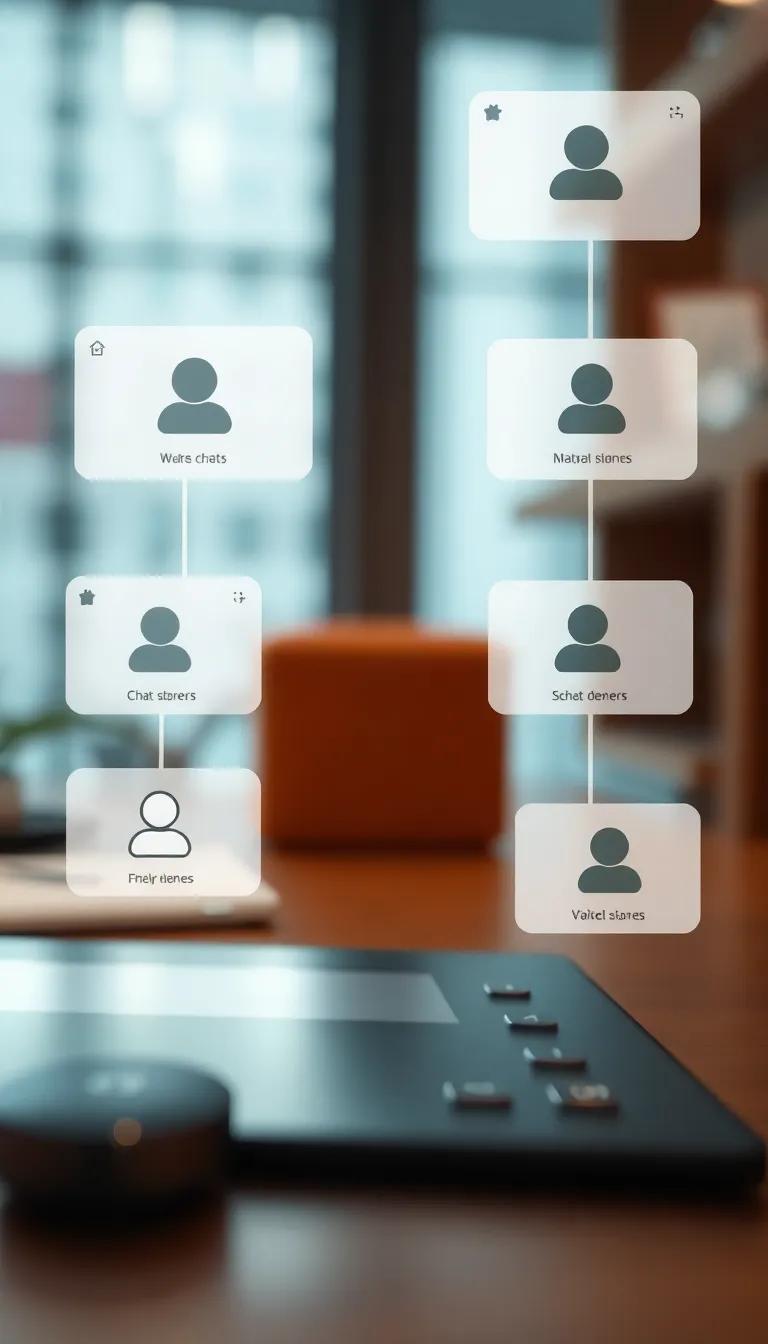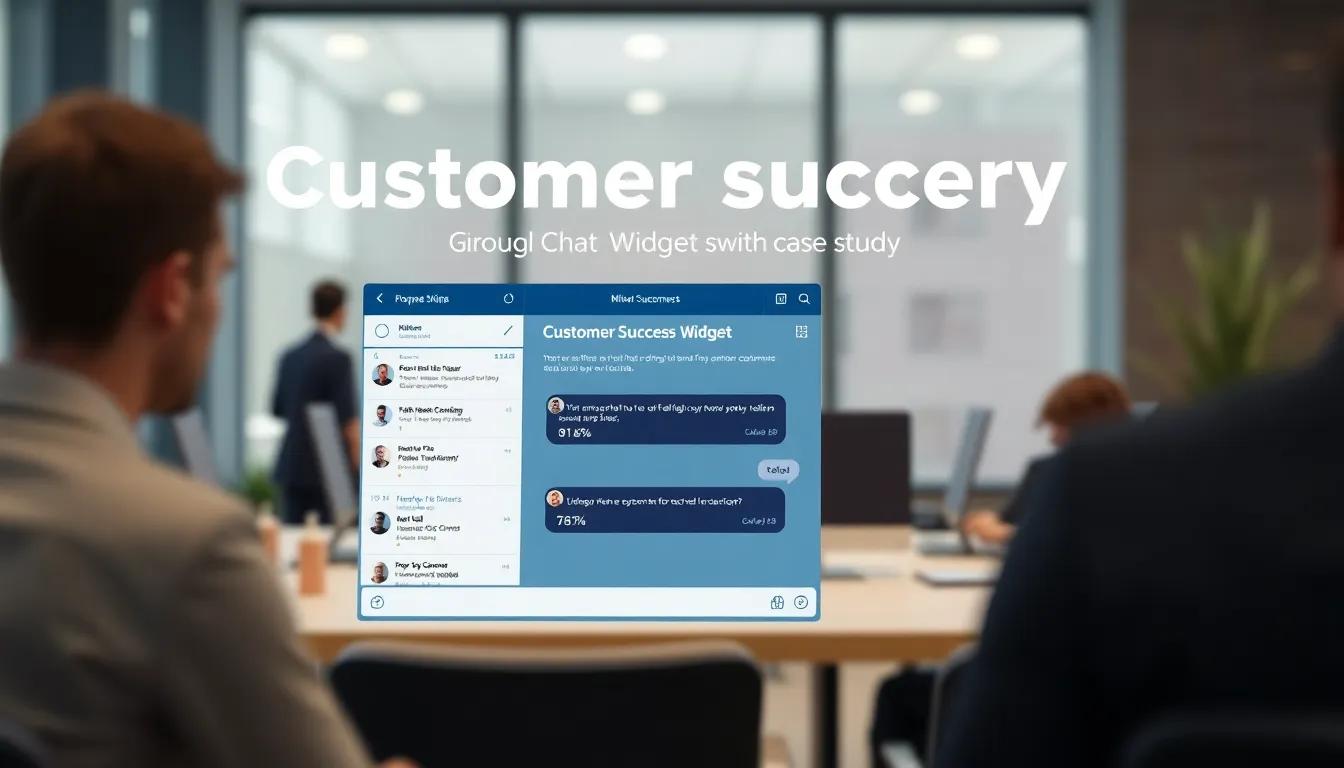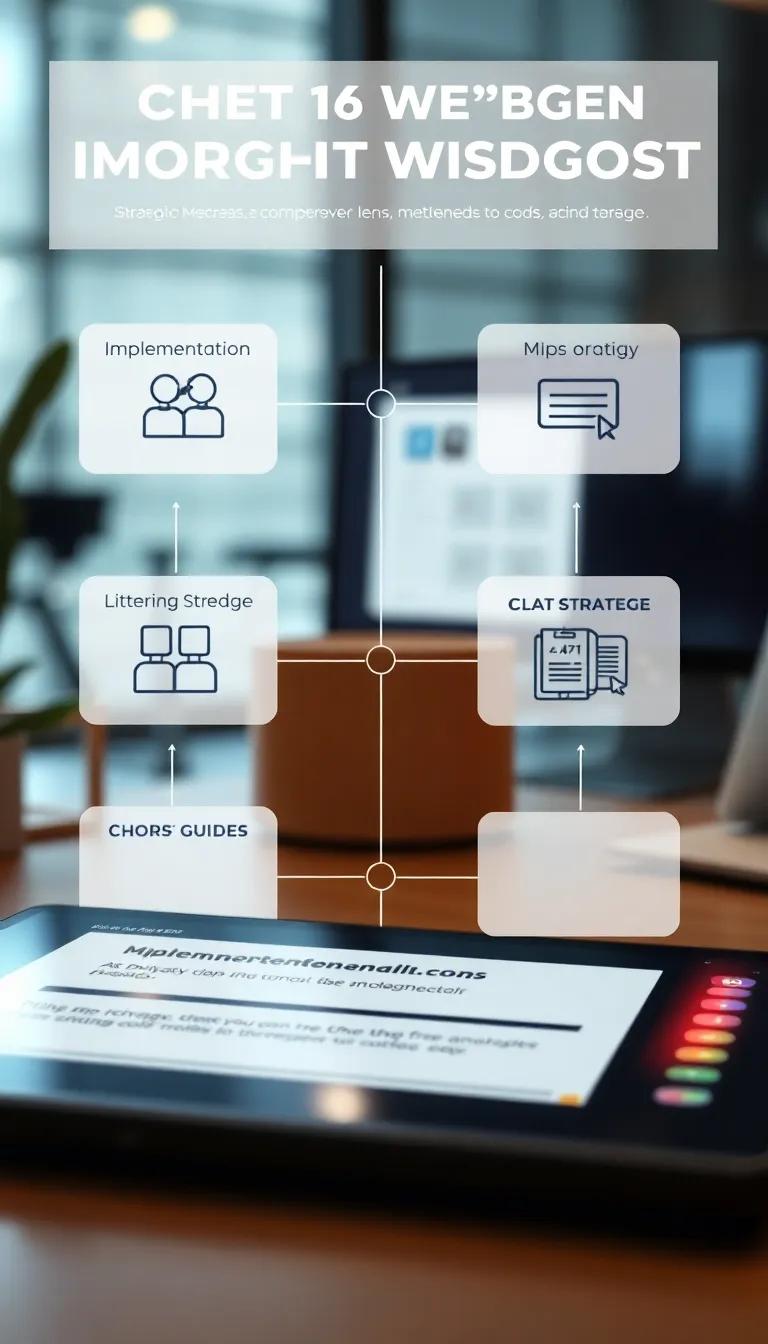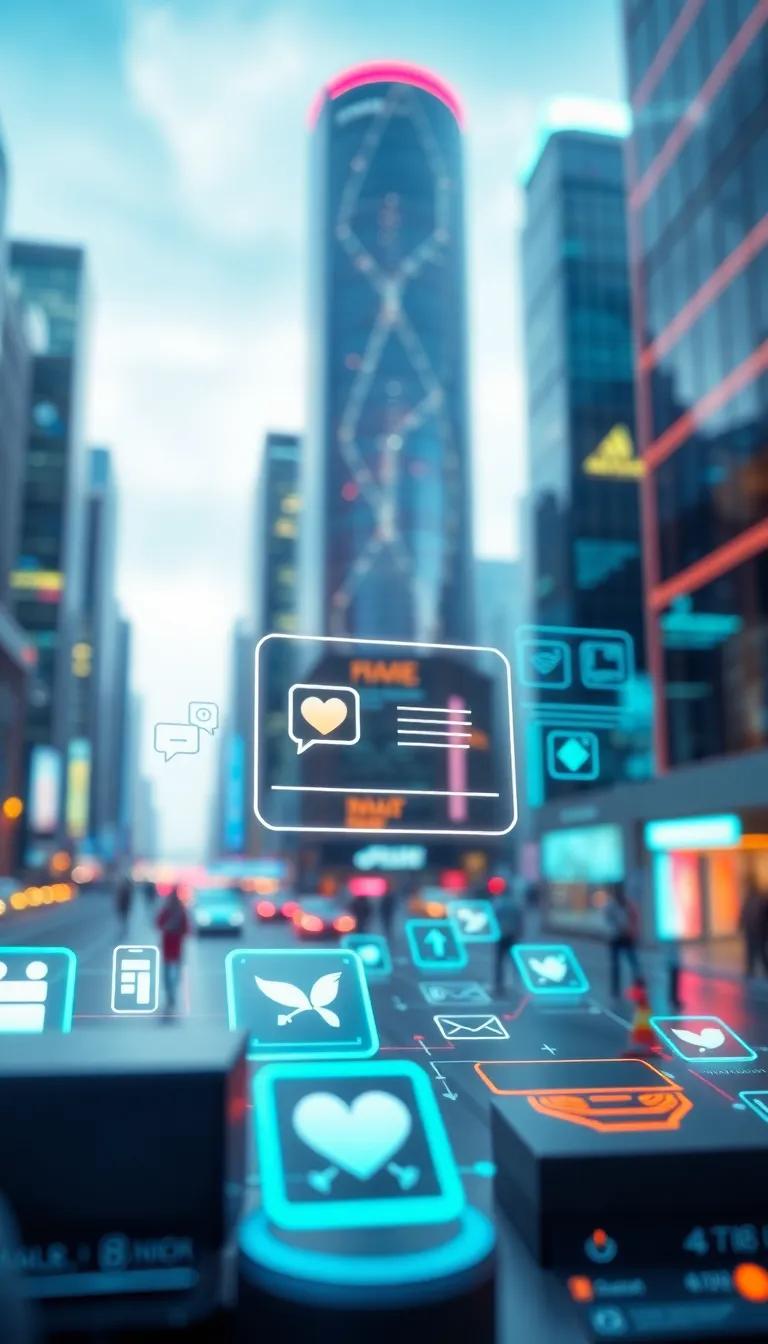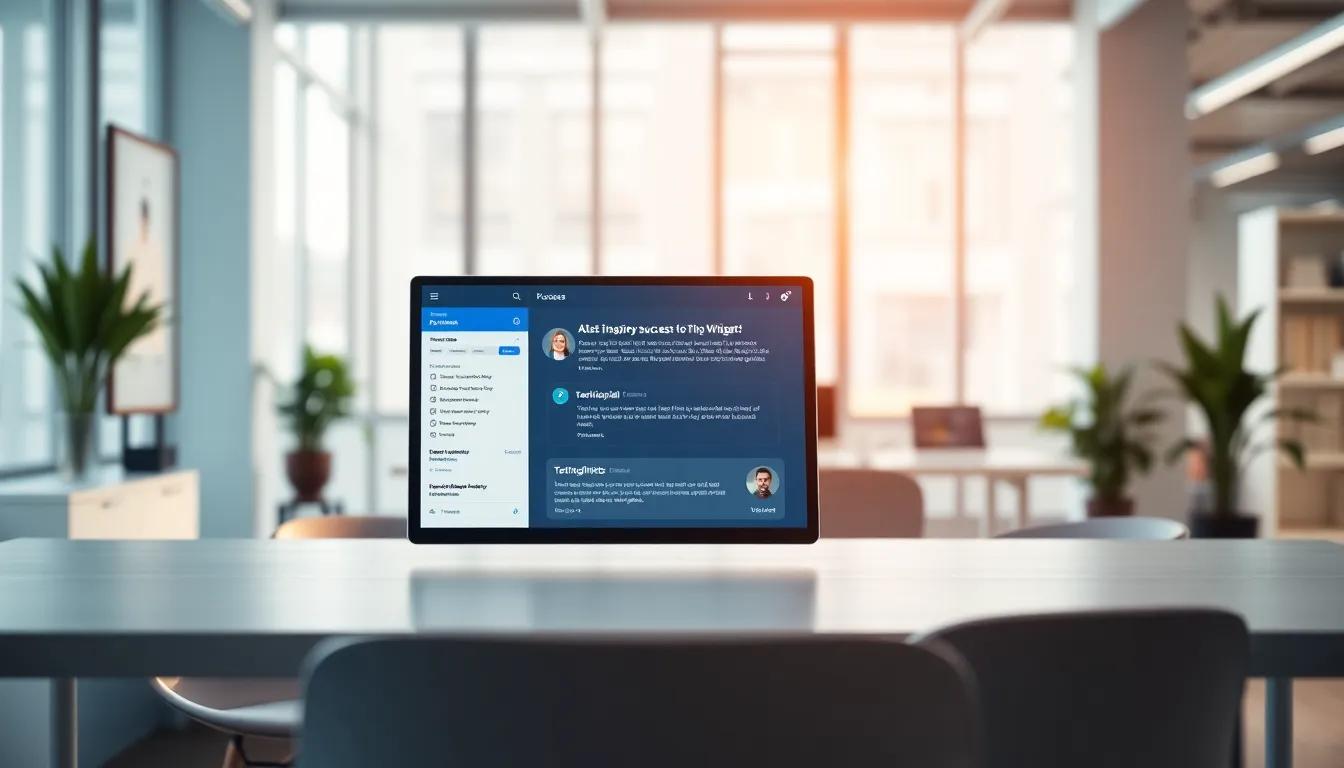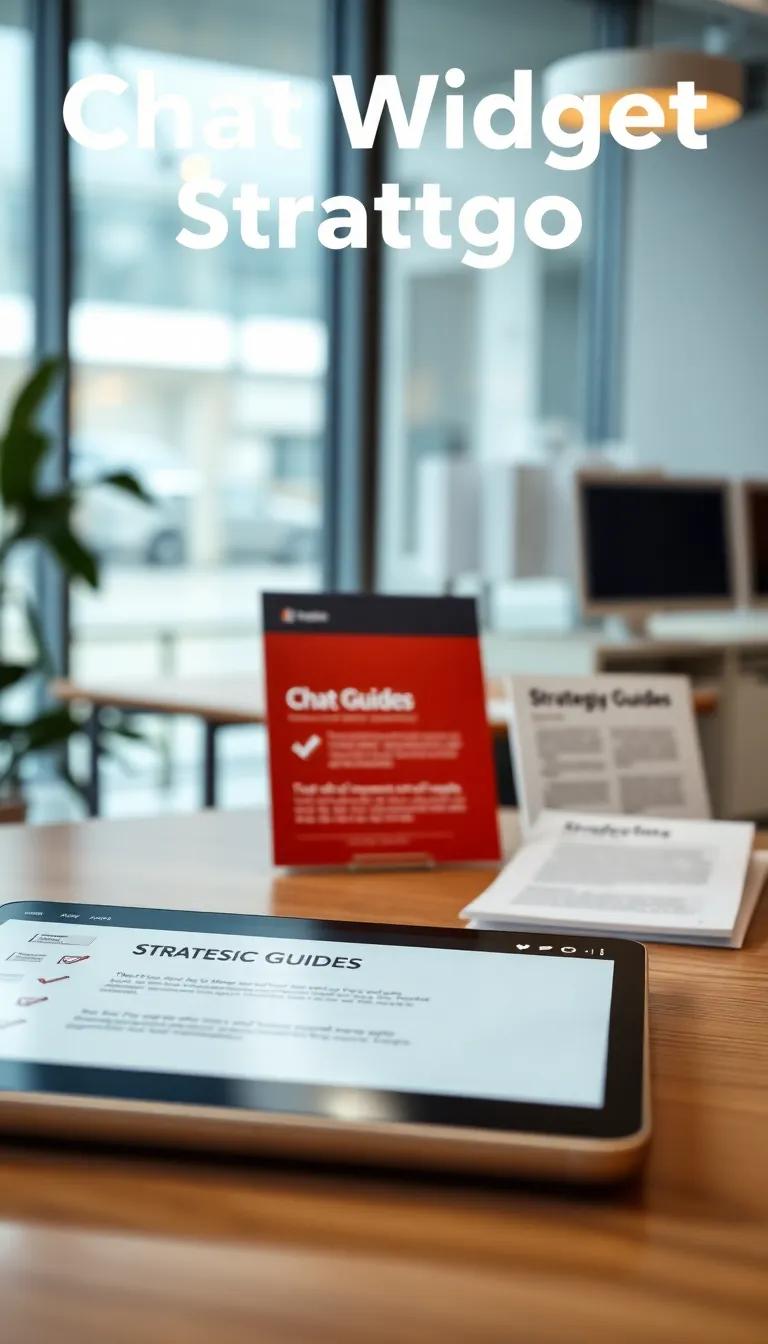Introduction
The advent of digital communication has brought about significant changes in how businesses interact with their customers. One of the most pivotal tools in this realm is the website chat widget, a small interactive box that emerges on a website to facilitate real-time communication between customers and companies. This article aims to dissect the role of website chat widgets through actionable case study insights, offering a comprehensive view of how they can optimize customer experience and drive engagement. By analyzing detailed case studies, we can uncover strategies that have proven effective across various industries.
Understanding case study insights is crucial for businesses looking to enhance their customer service capabilities. This article will explore actionable insights derived from successful implementations of website chat widgets that have improved customer satisfaction and conversion rates. Here, we will provide an in-depth look at the best practices, technological considerations, and real-world applications of chat widgets, equipping businesses with the knowledge to elevate their customer communication strategies. With the right insights, companies can effectively leverage chat widgets to create a seamless customer journey, ultimately leading to greater success.
Understanding the Importance of Chat Widgets in Enhance Customer Interactions
In today’s fast-paced digital environment, chat widgets play an indispensable role in transforming customer service and engagement strategies. These interactive tools empower businesses to connect with users in real-time, creating a platform for immediate support and assistance. The effectiveness of chat widgets lies not only in their presence but also in their capacity to improve the customer experience, drive conversions, and foster loyalty.
The technology behind chat widgets is both intuitive and powerful. Built on a foundation of programming languages like JavaScript, HTML, and CSS, chat widgets can be seamlessly integrated into websites, providing users with an unobtrusive yet accessible method to communicate. This integration mechanism allows for customization in terms of appearance and functionality, enabling businesses to align the widget’s design with their brand identity.
Unique functionalities of chat widgets further enhance their value. For instance, many chat widgets include features such as automated responses, which allow for 24/7 customer support and significantly reduce response times. These features can be programmed to provide instant answers to frequently asked questions, allowing human agents to focus on more complex inquiries. Furthermore, many chat solutions come equipped with artificial intelligence (AI) capabilities, which continually learn from interactions to improve the quality of responses over time.
Chat widgets can be customized to collect specific information from users before connecting them to a live agent. They can prompt users to choose from a menu of options, thus streamlining the communication process and ensuring that inquiries are directed to the appropriate department or representative. Such pre-qualification enhances efficiency and leads to higher customer satisfaction rates.
Another key aspect of chat widgets is their ability to track and analyze user interactions. This capability provides businesses with valuable insights into customer behavior and preferences. Through analytics, organizations can gauge peak times for user engagement, identify common issues, and refine their responses and offerings accordingly. Such data-driven approaches inform strategic decision-making and optimize customer interactions over time.
Chat widgets serve as a critical tool in modern customer service, marrying technology with engagement strategies. As businesses implement these solutions, they can expect improved customer interactions, efficiency in support processes, and data insights that drive continual improvement.
Key Features of Effective Chat Widgets for Customer Interactions
Critical Features for Enhanced Customer Engagement
Incorporating effective chat widgets on websites has transformed the landscape of customer interaction. The success of these tools largely hinges on several key features that enable businesses to enhance user experience and streamline support processes. Understanding these functionalities is critical for anyone aiming to leverage chat widgets effectively.
One of the primary features of efficient chat widgets is the capability for automated responses. Such systems utilize artificial intelligence to engage customers promptly, providing instant answers to common queries. This not only reduces wait times but also frees up human agents to focus on more complex issues. By implementing a well-designed automated response system, businesses can significantly improve customer satisfaction rates while optimizing their support resources.
Another indispensable feature is the analytics tracking functionality. This allows companies to monitor interactions, identify trends in customer behavior, and evaluate the performance of the chat widget. Analytics can reveal valuable insights such as peak interaction times, frequently asked questions, and user satisfaction ratings. By analyzing this data, organizations can make informed adjustments to their chat strategies, ensuring continuous improvements in customer engagement.
Customization options are also vital for the effectiveness of chat widgets. Businesses should tailor the appearance and functionalities of their chat tools to align with their brand identity and user expectations. A personalized chat experience can significantly enhance customer relations, as users feel more connected and catered to. Features like adjusting the chat window design, embedding company logos, and customizing bot language can create a unique interface that resonates with users.
Integration capabilities play a critical role in the success of chat widgets. The ability to seamlessly connect with existing customer relationship management (CRM) systems or other business applications enables a cohesive experience for both the customer and the support team. With integrated processes, agents can access customer data quickly, providing personalized service that leads to higher overall satisfaction and loyalty.
User-friendly interfaces are crucial for maximizing the effectiveness of chat widgets. A simple, intuitive design encourages users to interact without hesitation. Ensuring that the chat widget is easy to navigate will not only lead to more conversations but will also enhance the overall user journey on the website. Considering these features provides a framework for developing a successful chat widget strategy, ultimately driving meaningful customer interactions.
Analyzing Successful Case Studies Insights for Free Website Chat Widget Success
Effective Implementation of Chat Widgets
Successful implementation of chat widgets can significantly enhance customer engagement and drive conversions. Various case studies illustrate how businesses have leveraged chat widgets to achieve remarkable outcomes. One noteworthy example comes from an e-commerce platform that integrated a free chat widget on its website. By utilizing automated responses tailored to common customer inquiries, the company witnessed a 30% increase in customer satisfaction ratings. The widget allowed customers to receive immediate assistance without navigating long FAQ pages, encouraging quicker purchases.
Another case highlights a SaaS company that used a chat widget to provide live support to users. The implementation included proactive chat invitations based on user behavior, such as time spent on specific pages. This approach not only led to a 25% rise in demo requests but also reduced churn rates by 15%. Users appreciated the availability of immediate support, which fostered a sense of trust and reliability in the brand.
A different example, from a health and wellness website, showcased how integrating a chat widget could generate leads effectively. The website offered personalized health consultations through the chat feature. By tracking interactions and analyzing the data collected, the business refined its marketing strategy, resulting in a 40% increase in conversion rates. This case demonstrates the power of customizing chat experiences to meet specific audience needs.
Lessons Learned from Successful Case Studies
Several common themes emerge from these case studies that provide actionable insights for businesses looking to adopt chat widgets. First, the importance of automation cannot be understated. Implementing automated responses ensures that inquiries are addressed swiftly, enhancing customer experience. Second, leveraging data analytics to understand customer behavior is vital. This can assist in configuring proactive chat invitations, making engagement more strategic and effective.
Businesses should focus on personalization. Customers value tailored interactions, which not only streamline the support process but also build loyalty. Lastly, continuous monitoring of outcomes is essential. Regularly analyzing the performance metrics associated with the chat widget allows companies to adapt and improve their approach.
These case studies exemplify how effective website chat widget strategies can lead to substantial improvements in customer interaction, satisfaction, and ultimately, business success. By understanding the lessons learned, organizations can create their own tailored strategies for maximizing the benefits of chat widgets.
Strategies for Implementation Actionable Case Study Insights for Effective Website Chat Widget Success
Setting Goals and Defining Target Audiences
Implementing a chat widget on your website requires a strategic approach that aligns with your business objectives and caters to your audience’s needs. The first step involves clearly defined goals. Objectives might include increasing customer engagement, reducing response times, or boosting conversion rates. The more specific the goals, the better you can measure the success of your chat widget implementation.
For instance, if your aim is to enhance customer support, metrics could encompass first response time, average resolution time, and customer satisfaction scores post-interaction. Using these benchmarks helps in refining the chat widget functionalities over time. This goal-oriented approach ensures that every decision made regarding the chat widget serves a specific purpose and contributes to the overall business mission.
Equally significant is identifying your target audience. Understanding who your customers are and what they seek in terms of service will inform how you configure your chat widget. Conducting market research can yield vital insights into demographics, preferences, and behavior patterns that can guide your strategy effectively. For example, a retail website targeting young adults might benefit from a more casual and engaging chat tone, while a B2B service platform might focus on professionalism and detailed assistance.
Practical Implementation Strategies
Once you have established clear goals and identified your target audience, the next phase involves practical implementation strategies. Here are some actionable steps:
- **Select the Right Platform**: Evaluate various chat widget platforms based on their features, integrations, and cost. Choose one that aligns with your business needs and can scale as your business grows.
- **Customize the Chat Experience**: Tailor the chat widget’s appearance and functionality to resonate with your target audience. This could involve adjusting colors, tone, and even the types of automated responses offered.
- **Train Your Staff**: Equip your team with the knowledge to manage the chat effectively. Training should encompass product knowledge, customer interaction tactics, and using the chat tool’s features for maximum efficiency.
- **Monitor and Analyze Performance**: Use analytics tools to track interactions and gather insights on customer behavior. This will help in refining your strategy and improving chat widget functionalities over time.
By following these structured strategies, businesses can capitalize on the advantages offered by chat widgets, fostering better customer interactions and driving overall success.
Overcoming Challenges in Chat Integration Insights for Website Chat Widget Success
Identifying and Addressing Common Challenges
Integrating chat widgets into websites can present various challenges that hinder effective customer interactions. Understanding these common obstacles can help businesses develop actionable strategies for successful implementation.
One major challenge is technical compatibility. Many businesses utilize different platforms for their websites, which can lead to issues when integrating chat widgets. Disparities in coding languages, website frameworks, or content management systems can complicate the integration process. To address this, selecting a chat widget provider that offers comprehensive documentation and support is essential. Additionally, businesses should conduct preliminary tests in a controlled environment before a full rollout. This preliminary testing minimizes disruptions and ensures that the chat functionality operates smoothly across different pages of the site.
Another significant hurdle is user experience consistency. If a chat widget appears clunky or interrupts the website’s aesthetic, it can create a jarring experience for visitors. Utilizing customizable chat widgets can alleviate these concerns, allowing businesses to align the design with their branding. Incorporating features such as welcome messages or proactive chat invitations should be done in a manner that feels organic rather than intrusive. This promotes engagement while ensuring the interface enhances rather than detracts from user experience.
Data Management and Privacy Considerations
Data security is an increasingly crucial concern for businesses, especially when customer interactions occur through chat systems. Many customers are wary of sharing personal information, fearing it may not be adequately protected. To overcome this, organizations must prioritize transparency around data usage and implement robust security measures to protect user information. Clearly stating data handling practices within the chat widget can help build customer trust.
Staff training poses another challenge that organizations must tackle. Employees need to be equipped with the knowledge and skills necessary to manage chat interactions effectively. Implementing regular training sessions that focus on communication skills, as well as how to leverage chat analytics, can empower staff to provide top-notch support. Creating a feedback loop where employees can share their experiences and hurdles faced in chat interactions can also enhance training programs and strategies.
By proactively addressing these challenges, businesses can integrate chat widgets more effectively, resulting in improved customer interactions and increased satisfaction. Ultimately, systematic planning and adaptability are key to overcoming barriers to successful chat widget integration.
Future Trends in Chat Technology Investigate Emerging Trends Impacting Customer Communication through Chat Widgets
Revolutionizing Customer Engagement Through Innovative Features
The landscape of chat technology is evolving rapidly, providing organizations with innovative avenues for enhancing customer interactions via chat widgets. One notable trend is the integration of artificial intelligence (AI) and machine learning capabilities into chat systems. This advancement allows businesses to establish more personalized and responsive communication channels. For instance, AI-driven chatbots can analyze customer behavior and preferences, leading to tailored interactions that address specific needs efficiently.
Another significant trend is the growing use of voice capabilities in chat widgets. As consumers increasingly adopt voice-activated devices, incorporating this technology within chat interfaces allows for a more natural and engaging conversational experience. Chat widgets that support voice input can resolve customer queries faster and accommodate users who prefer speaking over typing.
Live Interactions and Humanized Support
The shift towards live chat support, combined with AI technology, marks another vital development. Businesses recognizing the importance of human interaction are blending automated responses with options for real-time conversations with live agents. This dual approach empowers organizations to manage high volumes of inquiries while ensuring that customers have access to personalized assistance when further help is needed.
The rise of omnichannel support systems is gaining traction. Customers expect seamless communication across different platforms, and chat widgets can be integrated with social media, email, and traditional customer service channels, offering a unified support experience. This creates an opportunity for businesses to maintain consistent messaging and engagement, enhancing customer satisfaction and loyalty.
Another emerging trend involves the incorporation of rich media within chat interactions. Enabling chat widgets to share videos, images, and documents not only enriches the conversation but also aids in providing clearer information to customers. Such interactive elements can significantly increase the likelihood of conversions as users receive engaging content alongside their inquiries.
As these trends materialize, businesses must stay attuned to the evolving technology landscape to harness the full potential of chat widgets. By adopting these innovations, organizations can significantly improve customer interactions, thereby enhancing overall engagement and satisfaction in an increasingly digital marketplace.
Conclusion and Best Practices Effective Chat Widget Strategies for Enhanced Customer Interactions
Reflecting on the insights gathered throughout this article, the journey into actionable case study insights for free website chat widget success has illuminated various strategies for enhancing customer interactions. The analysis of real-world case studies reveals that businesses employing well-structured chat widget strategies can significantly improve customer satisfaction, engagement, and ultimately, conversion rates. Businesses that prioritize a seamless integration of chat widgets into their websites stand to gain not only from enhanced communication but also from actionable insights derived from user interactions.
Key Insights from Case Studies
Several key insights emerge from the case studies examined. Firstly, proactive engagement is paramount. A chat widget that greets visitors as they enter the site or after a period of inactivity can create a welcoming environment that encourages dialogue. Secondly, the importance of personalization cannot be overstated. Tailoring conversations based on visitor behavior and preferences fosters stronger connections and improves the customer experience. Thirdly, having a solid knowledge base is essential. Businesses that equip their chatbots with comprehensive information and FAQs can handle common queries efficiently, freeing up human agents for more complex issues. This not only enhances response times but also increases customer trust.
Best Practices for Chat Widget Implementation
Based on these case studies, several best practices can guide businesses in optimizing their chat widget strategies:
- Integrate Consistently: Ensure that the chat widget is seamlessly integrated into the overall design of the website to maintain aesthetic coherence.
- Utilize Analytics: Regularly review chat analytics to understand user interactions and adjust strategies accordingly. This approach helps in identifying common customer pain points.
- Train Human Agents: Regular training for human agents on how to effectively use chat widgets can enhance the overall communication strategy, ensuring they are prepared for complex queries.
- Implement Automation Wisely: While automation is beneficial, ensure that there is a clear option for users to speak with a human when needed, to avoid frustration.
- Test and Optimize: Continually A/B test different chat widget placements, formats, and messages to optimize performance based on user feedback and data.
By embracing these actionable insights and best practices, businesses can leverage chat widgets not just as a customer service tool, but as a powerful means to enhance overall user experience, driving engagement and growth in the process.
Conclusions
The application of case study insights emphasizes the critical role that chat widgets play in modern customer communication strategies. By closely examining real-world examples and their outcomes, businesses can glean actionable insights that inform their own practices. The technology behind chat widgets, combined with their unique functionalities, positions them as an essential component in enhancing customer service and engagement. Businesses that effectively leverage these tools can expect improved customer satisfaction, increased sales, and a more robust interaction strategy.
To achieve success, it is important for companies to consider the strategies discussed in this article. Focusing on defined objectives, overcoming integration challenges, and staying abreast of future trends will empower businesses to not only implement chat widgets but also optimize their usage for unparalleled customer relations. As industries evolve, the importance of these digital communication tools will only continue to grow, making it essential for businesses to adapt and thrive in the customer-centric landscape.




